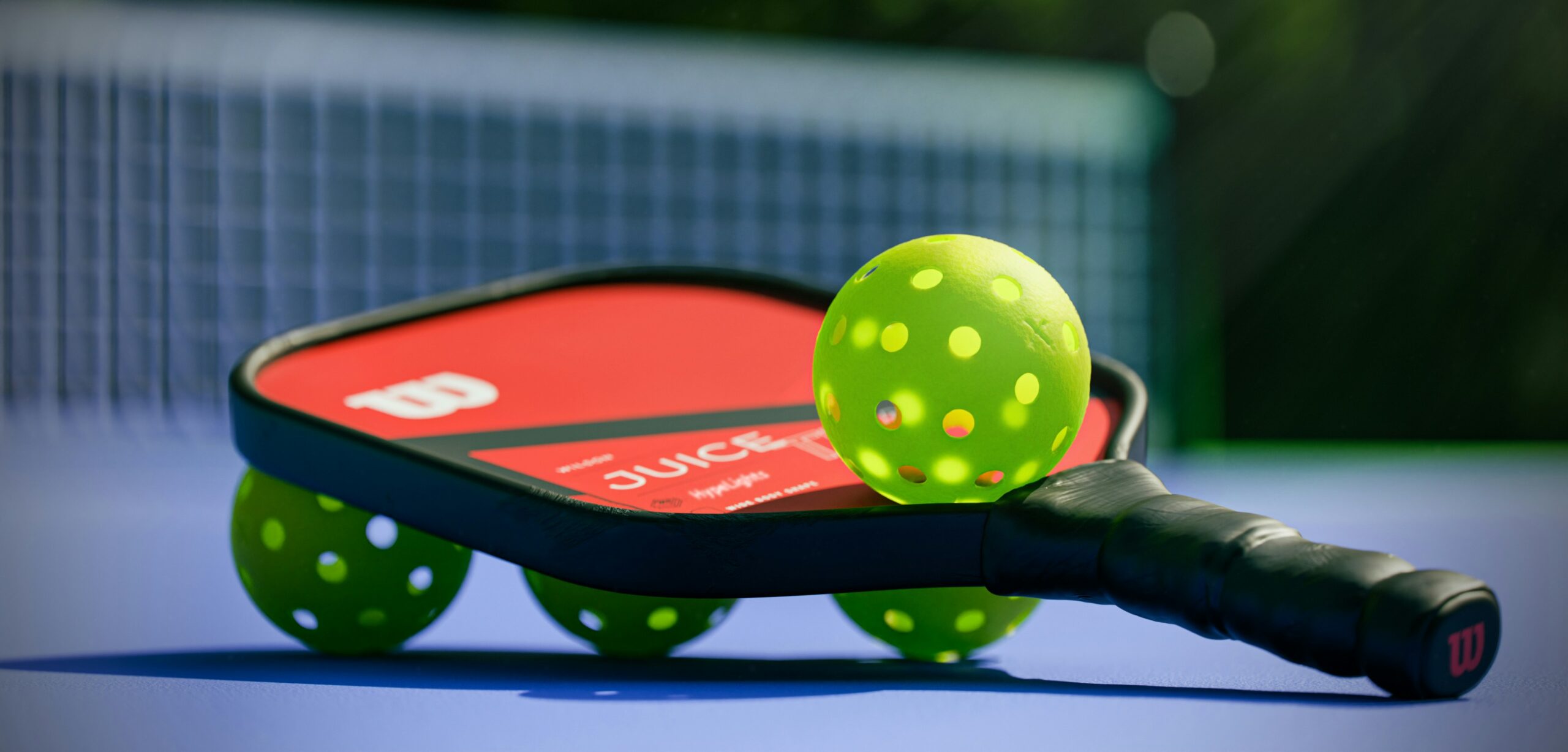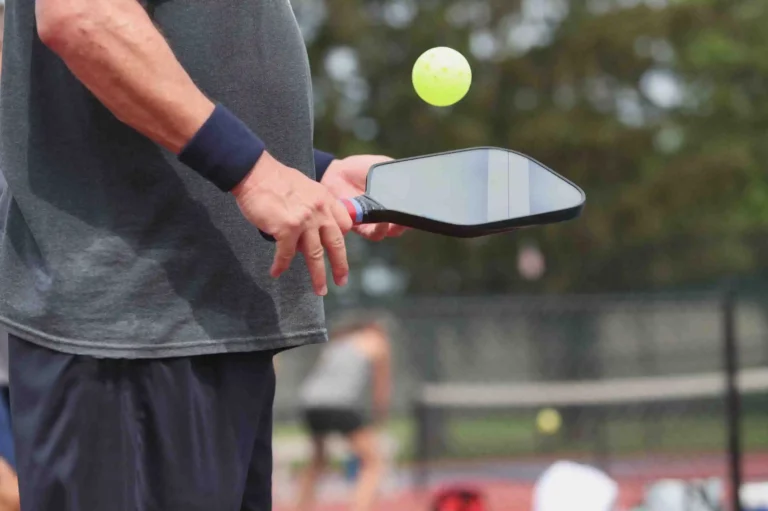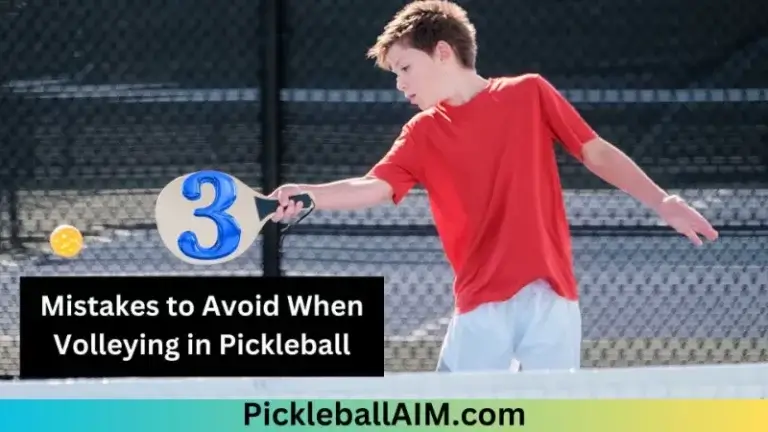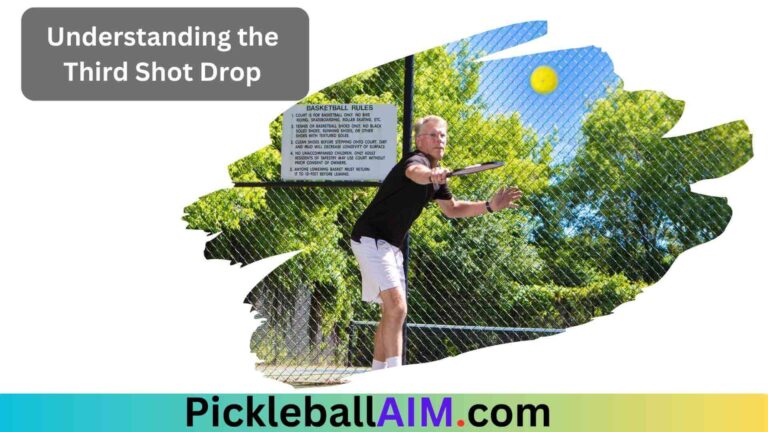Playing the Player: Adaptive Strategies for Outsmarting Your Opponent
In the realm of competitive sports, the ability to read and adapt to your opponent’s strategy is what separates the contenders from the champions. It’s not just about how well you play; it’s about how well you play against them. Every opponent brings a unique set of challenges to the table, and the key to victory often lies in your ability to decode their game and counteract it effectively. So, let’s lace up, get strategic, and dive into the world of analyzing your opponent and developing adaptive strategies for competitive play.
Step 1: Pre-Game Homework
The analysis starts long before you step onto the field or court. If possible, study your upcoming opponent’s previous matches. Look for patterns in their playstyle, strengths, weaknesses, and favored tactics. This pre-game reconnaissance provides a strategic blueprint, helping you tailor your approach to exploit their vulnerabilities while safeguarding against their strengths.
Step 2: Observing In-Game Behavior
Once the game is underway, keep a keen eye on your opponent’s behavior and choices. Notice how they respond to pressure, which moves they favor in critical moments, and how they react to your playstyle. This real-time analysis is invaluable, offering clues on how to adjust your strategy on the fly.
Understanding Opponent Types
- The Aggressor: Loves to dominate and apply pressure. Counter them with patience, forcing them to make risky moves that might lead to errors.
- The Defender: Masters of the waiting game, they return everything you throw at them. Overcome them by mixing up your shots and creating opportunities to catch them off-guard.
- The Strategist: Always thinking two steps ahead. Keep them guessing with unpredictable play and seize control of the tempo.
Step 3: Exploiting Weaknesses
Every player has a chink in their armor. Once you’ve identified your opponent’s weaknesses, devise a game plan to target these areas. Whether it’s a less reliable backhand, difficulty with fast-paced games, or a tendency to buckle under psychological pressure, use these insights to tilt the match in your favor.
Step 4: Neutralizing Strengths
Just as crucial as exploiting weaknesses is neutralizing your opponent’s strengths. If they have a powerful serve, work on improving your return game. If they excel in long rallies, focus on shortening points. Adapt your playstyle to minimize the impact of their best weapons.
Step 5: Adaptive Tactics
Adaptability is your greatest asset in competitive play. Develop a versatile skill set that allows you to switch tactics mid-game. This flexibility not only keeps your opponent guessing but also enables you to navigate through unexpected challenges or shifts in momentum.
Key Adaptive Strategies
- Change of Pace: Alter the speed of the game to disrupt your opponent’s rhythm. Fast-paced attacks followed by sudden slow plays can throw them off balance.
- Positional Play: Adjust your positioning based on your opponent’s tendencies. Anticipate their shots and place yourself strategically to counteract their game plan.
- Mental Games: Use psychological warfare wisely. Display confidence, stay calm under pressure, and occasionally throw in a surprise move to rattle them.
Step 6: Continuous Learning and Adjustment
The most effective strategy is one that evolves. Between games or during timeouts, assess what’s working and what isn’t. Be prepared to abandon tactics that aren’t effective and try new approaches. This continuous loop of analysis, adaptation, and execution keeps you one step ahead.
Step 7: Post-Game Analysis
After the competition, take time to reflect on your performance. What did you learn about your opponent? Which strategies worked, and which didn’t? This post-game analysis is crucial for long-term improvement and preparation for future matchups.
Cultivating a Growth Mindset
Embrace every match as a learning opportunity, regardless of the outcome. A growth mindset enables you to extract valuable lessons from both victories and defeats, contributing to your development as a versatile and strategic player.
Mastering the Art of Adaptation
In the competitive arena, understanding and outmaneuvering your opponent is as much an art as it is a science. By diligently analyzing your adversaries, exploiting their weaknesses, neutralizing their strengths, and continuously adapting your tactics, you set the stage for unparalleled growth and success in your sporting endeavors.
Remember, the goal isn’t just to play better than your opponent; it’s to play smarter. With keen observation, strategic adaptability, and an unyielding will to learn, you’re not just playing the game—you’re mastering it. So, take these strategies to heart, and go forth with the confidence of a player ready to turn every challenge into a triumph. The game is yours to win!







